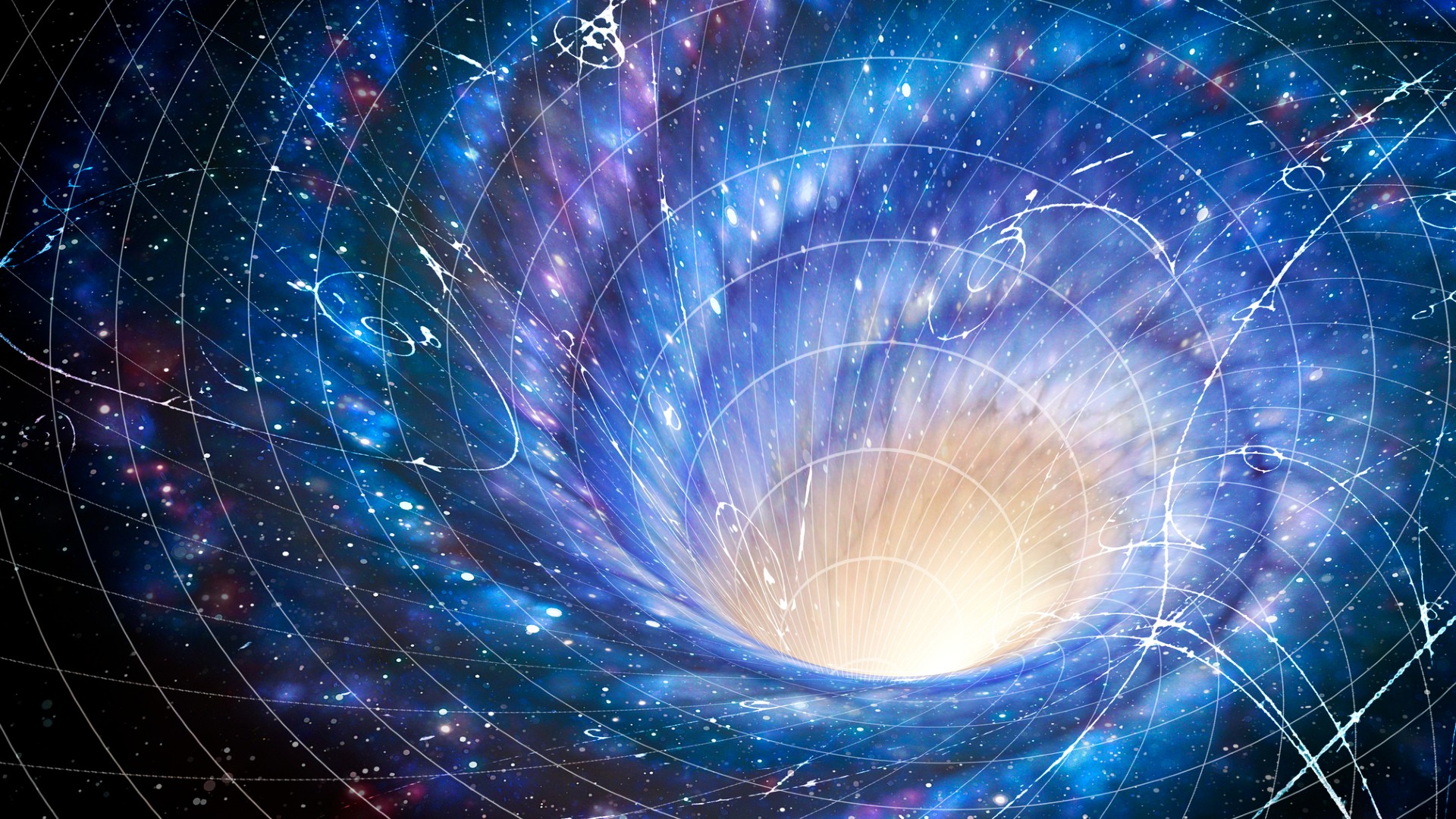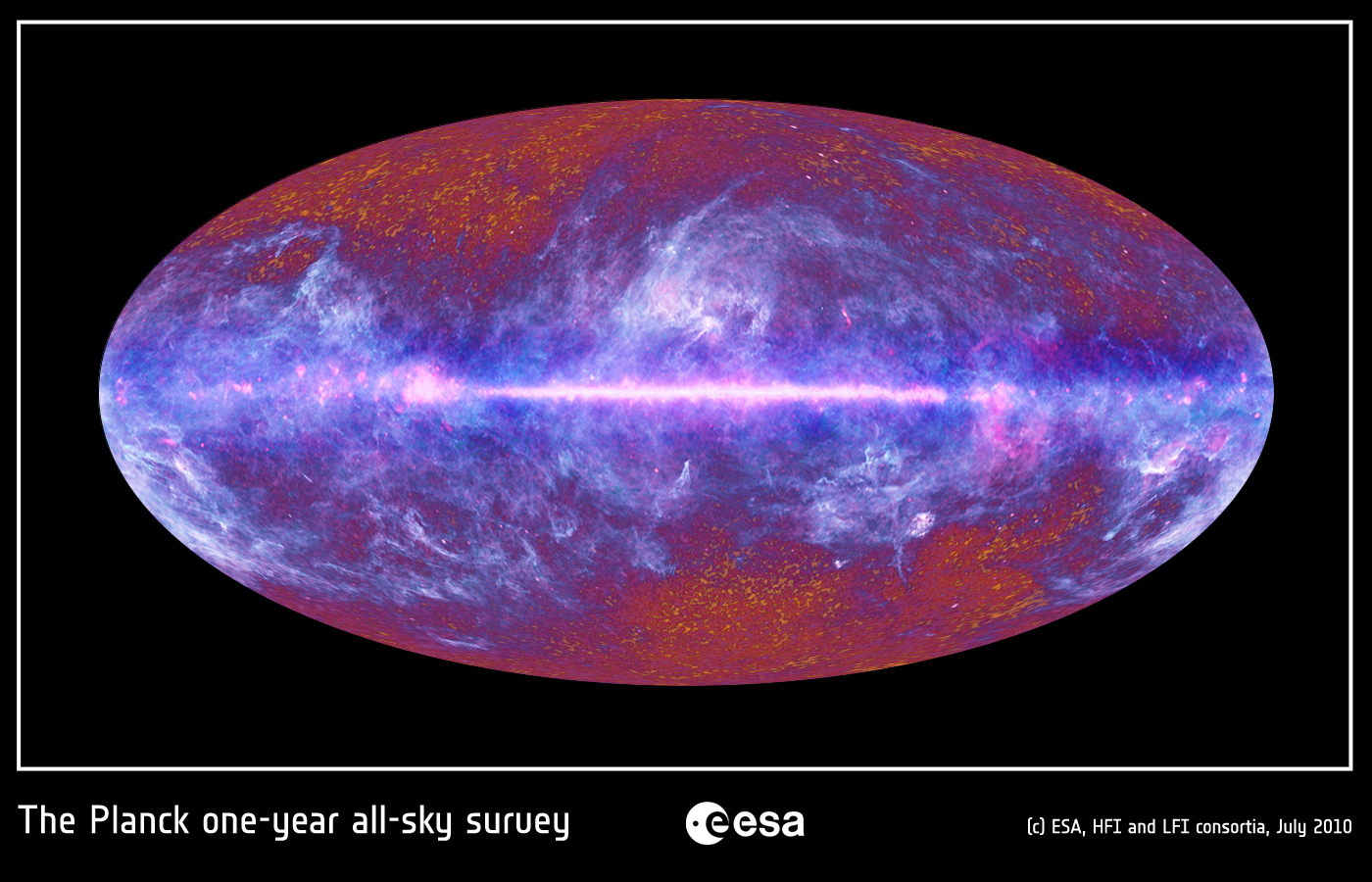
Why do the numbers that shape our universe exist at all?
We can never 100% prove that the constants really are constant.

There is a set of very special numbers, known as the fundamental constants of nature, that cannot be explained. Where do they come from? Finding out if they are, in fact, constant is the key to unlocking this enduring mystery.
Physics is a mathematical description of nature. We use models, equations and formulas to describe how systems work and predict how they'll behave in the future. This approach has proved enormously successful, explaining everything from the behavior of subatomic particles to the evolution of the entire universe.
But there are aspects of these equations that defy explanation. Any time we try to take a hypothetical model and connect it to the real world, we have to introduce special numbers. These numbers capture some aspects of nature that are left outside our equations. For example, if I want to predict the motion of a tossed ball, I have to know how strong gravity is. But there is no theory that explains why gravity has the strength it does. We can only measure that value independently and insert it into the equations.
Over the decades, physicists have compiled various lists of the most important fundamental constants. Generally, there are a little more than two dozen of them. They describe things like the strengths of the four forces of nature, the masses of the fundamental particles, and aspects of space-time, like the speed of light.
We have no idea where these numbers come from and why they have the values they do. One way to study them is to figure out if they are actually constant. If any of these numbers shift either in time or throughout space, that would be a major clue. Variations in the constants would tell us that they are not really fundamental and instead a reflection of our ignorance of a deeper theory of physics.
For example, if I knew nothing about how gravity works, I could still measure the acceleration of objects when near Earth. I could assign a "fundamental" constant to this number and measure it to be 9.8 meters per second squared. I could still predict the trajectories of tossed balls perfectly fine with this number in hand.
But careful observations would reveal that this acceleration isn't really constant. It can change depending on the elevation or even the location on Earth. This would tell me that there's something deeper going on — in this case, that there is a universal force of gravity.
Get the Space.com Newsletter
Breaking space news, the latest updates on rocket launches, skywatching events and more!
Physicists and astronomers have attempted a variety of experiments to find variations in the constants. In the end, it requires an enormous amount of data to look for incredibly tiny shifts. Scientists can accomplish this either by examining a system for very long periods or looking deep into the cosmos. Either way, we can test to see if some constant or another has changed with time.
For example, astronomers have used measurements of distant quasars, which are incredibly bright sources of radio emission from the early universe. They have also studied the cosmic microwave background, which is the radiation emitted when the universe cooled from a hot plasma state billions of years ago.

If constants like the speed of light, the strength of gravity, or even the mass of the electron were different way back when, then we should be able to see a subtle shift in the appearance of those astronomical objects. In other words, they should look different than they do in a universe where the constants really are constant.
Closer to home, physicists study vibrations of atoms, such as those used in atomic clocks, to look for deviations from pure constancy. No matter what, however, we have not observed any hints of anything other than pure uniformity. And these are incredibly precise measurements. For many of the constants, we've pinned their constancy down to no more than a 1-part-per-billion change in a year.
We can never 100% prove that the constants really are constant. That's because there is always some uncertainty in our measurements, so there will always be room for some possible variation, even if it's incredibly tiny.
But for now, the fundamental constants of nature appear to be constant, and we do not know why they have the values they do. We strongly believe that the story of discovery in physics is not over and that there is much more to uncover in the mysteries of the universe. But for right now, we have to live with the fundamental constants as they appear to be: raw numbers that defy explanation.
Join our Space Forums to keep talking space on the latest missions, night sky and more! And if you have a news tip, correction or comment, let us know at: community@space.com.

Paul M. Sutter is a cosmologist at Johns Hopkins University, host of Ask a Spaceman, and author of How to Die in Space.
You must confirm your public display name before commenting
Please logout and then login again, you will then be prompted to enter your display name.
